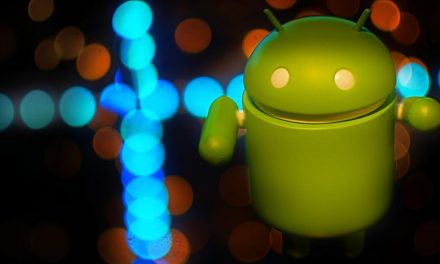Currently, developers are integrating Augmented Reality in apps with ARCore, an SDK by Google. Although AR is not a new technology at all, its value relies on the new ways developers are implementing it in their projects.

As you probably already know, AR enables us to enhance our surroundings with superimposed computer-generated images. It is part of the technology that made Pokemon Go such a big success, IKEA Place a great experience for customers or Snapchat´s and Instagram´s filters and effects so popular among users.
The Statistics Portal Statista, foretells that in four years from now there will be a significant increase in the augmented and virtual reality market to reach nearly 209 billion U.S. dollars.
For developers who want to start experimenting with AR or add this type of technology to their apps, it’s now easier than ever due to the release some months ago -and recently updated- of a new Google platform for this matter: ARCore.
What is ARCore?
ARCore is a Software Development Kit (SDK) that provides natives APIs for essentials AR features. ARCore comes from project Tango -Google´s first attempt to bring AR to phones that unfortunately didn’t take off due to hardware dependency.
ARCore´s three main features are:
- Motion Tracking:
By combining visual data, it enables the phone to estimate its position and orientation relative to the world.
- Environmental Understanding: A localization and mapping technology allows the phone to detect horizontal, vertical or angled surfaces.
- Light estimation: enables the phone to perceive the amount of light of the environment.
And with new updates for ARCore being recently announced, like Cloud Anchors, Vertical Plane detection, Augmented images or the Sceneform integration, things are just getting better.
At the moment there is a list of supported devices for ARCore (Android 7.0 or later) and a diversity of other platforms, besides Android Studio, to get started using it, including iOS, Unity, and Unreal.
Using ARCore
You can start downloading ARCore directly from here, and find more useful information about this SDK on its developers official site.
For starters looking for a step-by-step guide on how to create an ARCore app using Kotlin, here is a great tutorial worth to check out.
Many applications built on ARCore are in process or have been already released in the Google Play Store; from educational apps like Sahi Labs or Human Anatomy, to apps made to enhance the Customer service experience like Pottery Barn 3D Room View or eBay, they all have taken advantage of this technology.
Also, there are several AR experiments being showcase by the Google which were made using the ARCore toolkit, such as Morph Face (Surface reshaping) Musical Fireworks (Music displays) or more recently, Just a Line (For doodling).
Certainly, developers might be able to find some inspiration from among these creative projects.
Conclusion
Since many years, AR seems to be here to stay, however, with developments kits like ARCore more apps are finding new ways of getting improved or new ones will be created.
As we´ve seen, the market is expected to grow exponentially in the coming years, providing a great opportunity for app developers who want to take the most out of this technology.
Tell us, What are your thoughts on AR and the ARCore project? Do you also think this will benefit Android app development?








